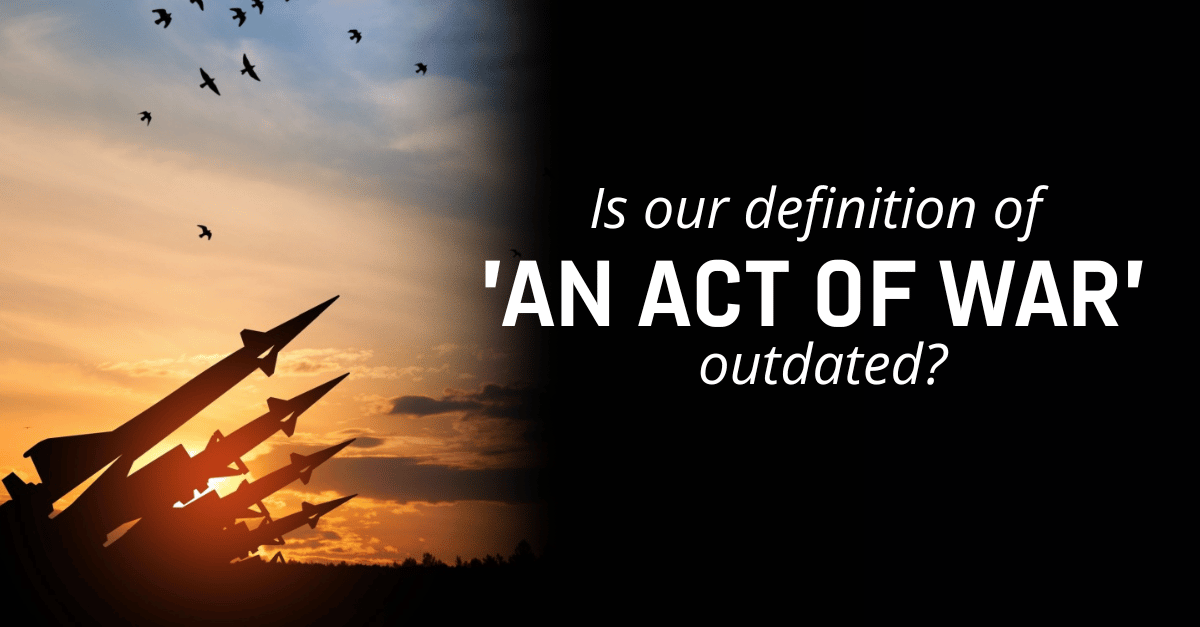War in the digital age
How Cyberattacks Are Redefining Acts of War
A NEW ERA OF CONFLICT
Rethinking ‘Acts of War’
When we think of war, we often picture tanks, soldiers, and fighter jets — images shaped by decades of physical conflict. Yet today, some of the most serious attacks don’t involve broken buildings or explosions. They start with a single file or piece of code.
How should countries respond when modern attacks no longer fit traditional ideas of warfare?
Blurring the Lines
WHAT DEFINES AN ACT OF WAR?
After World War II, international law focused on armed force between nations. But today’s cyberattacks, disinformation campaigns, and supply chain disruptions can cause serious harm without matching these old definitions. They challenge governments, businesses, and civilians alike — without a single bomb or soldier.
Invisible Threats, Real Damage
Cyber attacks in Modern Warfare
Cyberattacks can cripple economies and infrastructure without physical destruction. Incidents like NotPetya (2017) and Stuxnet (2010) show the disruptive power of digital operations. Disinformation, too, destabilizes trust in institutions — adding new layers of complexity to traditional conflict.
NO FLAGS, NO BORDERS
The Attribution Challenge
Digital attackers operate in the shadows. They could be nation-states, criminal groups, or individuals, often masking their identity. Governments sometimes outsource attacks to hacker groups, making attribution even harder — and decisive responses risk being based on assumptions.
PRIVATE SECTOR ON THE FRONTLINES
Industry’s Growing Role in Defense
Cyber defense is no longer just a government task. Businesses often detect and stop attacks first. The Microsoft Exchange attack (2021) showed how vital the private sector has become. Today, cybersecurity providers and MSSPs are essential players in national resilience.
Preparing for the Digital Battlefield
Redefining Warfare in the Cyber Age
Cyberattacks often don’t fit traditional definitions of warfare but can seriously impact national security and economies. Critical questions remain: When should a digital attack be treated as an act of war? And how should international law evolve to meet this new threat landscape?
Our Playbook
Blogs on Cyber Warfare





